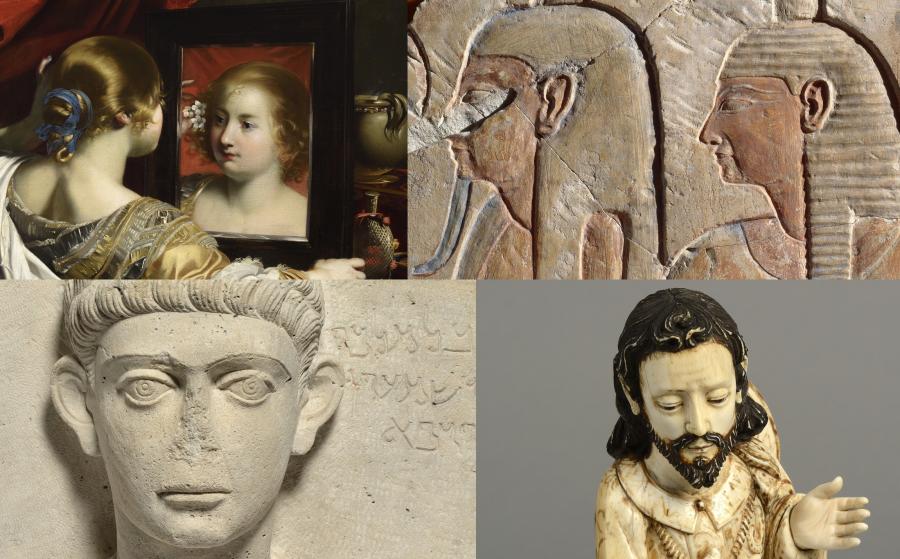The works held by the museum span a broad swath of time, from medieval illumination through to the most contemporary creation, so visitors can study the techniques and status of drawing and prints in all their diversity and complexity. The collection is subdivided into periods: ancient art, with a fine representation of the Italian, northern and French schools of the 16th to the 18th century; the 19th century, with nearly 4 000 works on paper and 2 000 prints, more specifically linked to the museum's collection of paintings; the 20th and 21st centuries are also well represented.
The beginnings of a graphic arts collection are to be found at the very end of the 18th century, when the State sent drawings for use in training the artists employed to design models for Lyon's silk factories. The aim, at the time, was to breathe fresh life into a training system and skills that were in decline in a city severely damaged by the French Revolution. It was mainly in the late 19th century that donations and bequests to this sector of the collection became more numerous, marking its recognition by art-lovers and artists alike. In 1877, the art collector Horace His de la Salle gave the museum a selection of 31 drawings from his own collection, by artists from the 17th to the 19th century, including Poussin, Le Sueur, Géricault and Delacroix. The collection dedicated to artists from Lyon was expanding at the same time, thanks to successive gifts by Paul Chenavard, then the 129 drawings by Puvis de Chavannes that entered the collections thanks to his heirs.
In the 20th century, the ties maintained with the artists and their families enabled significant collections to be acquired and created a unique opportunity to access the creative laboratories that were their studios: the Fleury Richard collection, acquired from the artist's descendants, complements the collection of paintings already housed by the museum. The donation and then the bequest from the son of the artist Hippolyte Flandrin - together with a later purchase of a major collection of 71 works on paper from a gallery - form a whole that reveals not only the Flandrin brothers' creative processes but also their artistic affinities and influences.
Once again, the close ties developed with certain artists account for the gifts by Matisse between 1944 and 1950: first the original drawings of the Themes and Variations series (dated 1942), followed by illustrated books, including the iconic edition of Jazz (1948).
Moreover, the regular gifts or testamentary dispositions by private citizens bring the museum works of rare quality. For example: in 1917, the bequest left by the Lyon doctor Raymond Tripier included a valuable work on paper by Gustave Courbet, Young Women in a Wheat Field (circa 1855), along with a study of a dancer by Degas. The museum also holds nearly 370 works on paper by the Lyon-based architect Tony Garnier, which entered the collections from 1952 onwards (including gifts by Mrs Tony Garnier in 1952, then by the Garnier committee in 1970). In 1997, the outstanding bequest from Jacqueline Delubac also brought items of graphic art into the collection, including a pastel by Juan Miró from 1937 and two pastels by Edgar Degas.
At the same time, certain bold purchases deserve to be underlined, including six original drawings by Rodin, acquired directly from the artist in 1910. That same year, the museum acquired a pastel on monotype by Degas, Café-Concert at Les Ambassadeurs (1876-1877), from the Bernheim gallery.
In recent years, the museum has been steadily ramping up its graphic arts acquisitions policy. For instance: in 2011, Brou de noix 60,5 x 65,5 cm, 1947 by Pierre Soulages was added to the collections, thanks to the patrons in the Cercle Poussin; in 2016, eight drawings by Geneviève Asse were added to the artist's previously acquired paintings; in 2017, the museum acquired some remarkable works on paper by Pierre Révoil and Fleury Richard.






